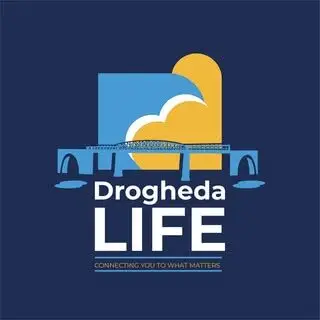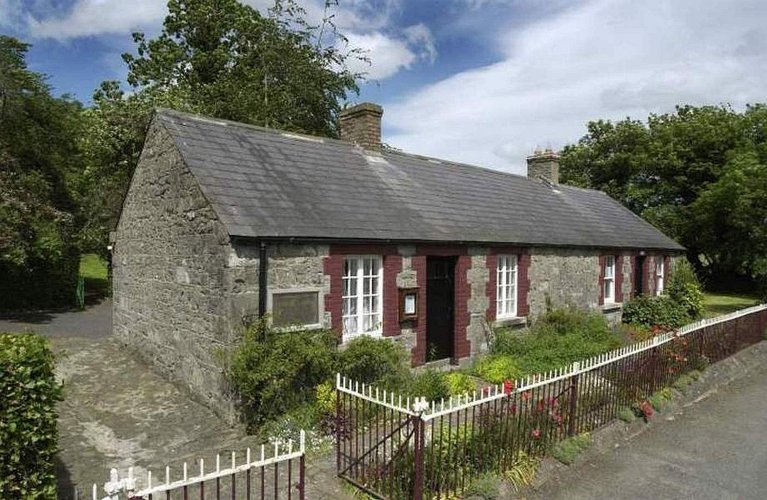Drogheda’s name comes from the Irish Droichead Átha, meaning “bridge of the ford,” a reference to the River Boyne on which the town stands.
Granted its charter in 1194 by Hugh de Lacy, after whom the town’s De Lacy Bridge is named, Drogheda became a major Anglo-Norman stronghold, with town walls completed in 1334 enclosing 113 acres, making it one of the largest walled towns of its time.
St. Laurence’s Gate, once leading to the Friary of St. Laurence, remains one of Europe’s finest examples of a barbican gate, featuring two tall circular towers joined by an archway.
The medieval walls, parts of which are still visible at Featherbed Lane, not only protected the town but also controlled market trade, as goods entering through the gates were taxed.
Drogheda’s walls twice withstood attack—by Edward Bruce in 1317 and by Sir Phelim O’Neill in 1642—but were finally breached by Oliver Cromwell in 1649, who sacked the town and massacred its defenders. Later, in 1690, Drogheda surrendered to King William following his victory over James II at the Battle of the Boyne.




